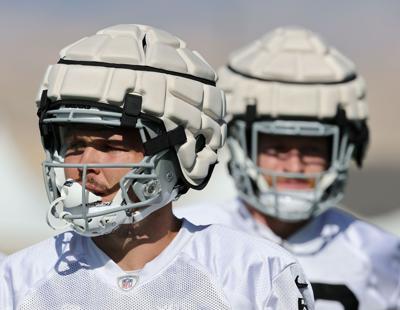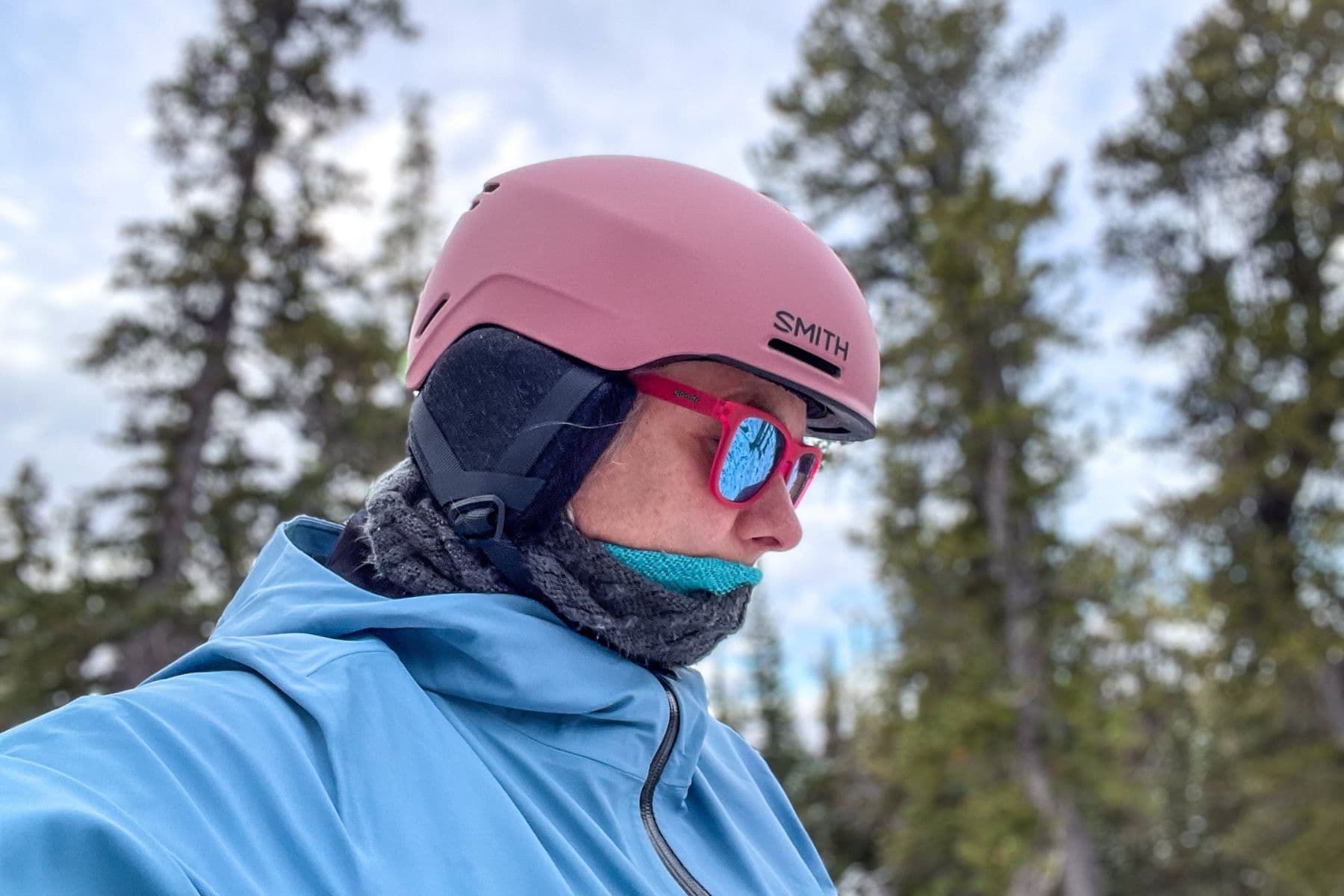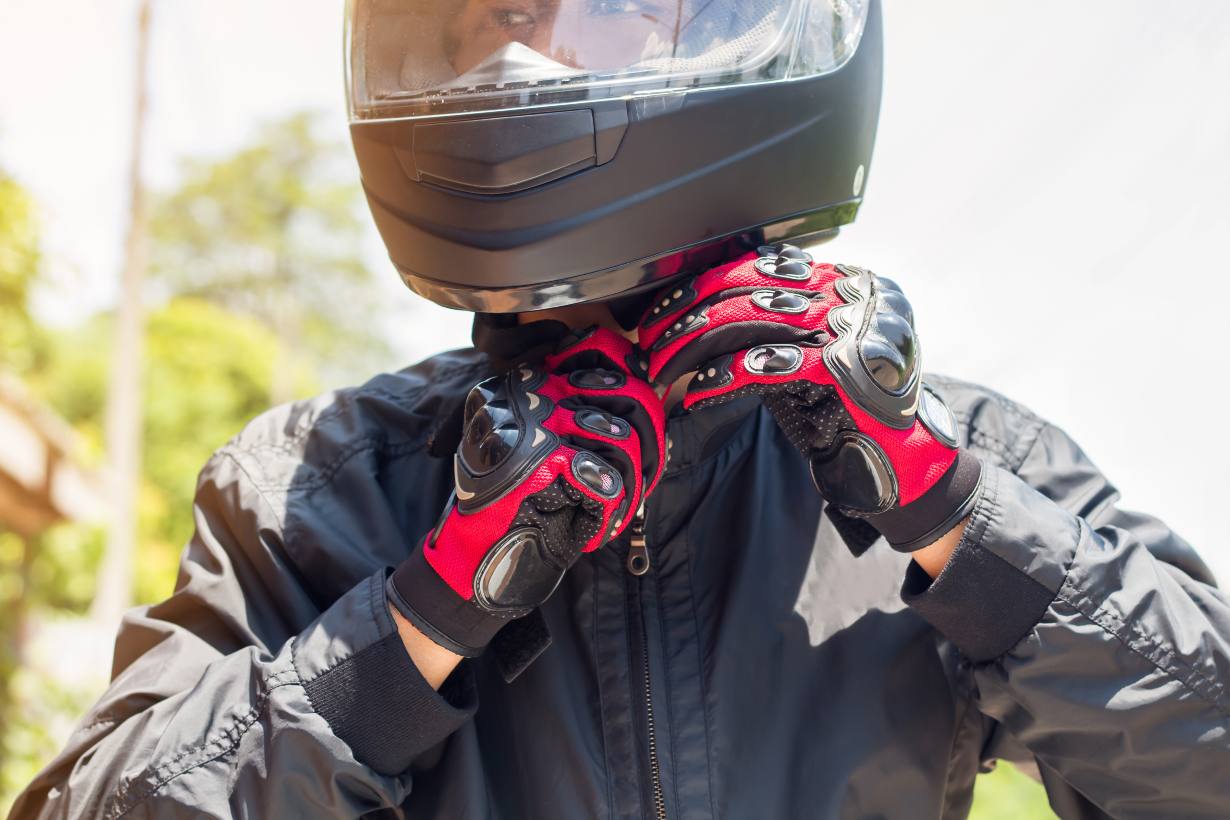Helmets are one of the most effective tools for preventing head injuries, from everyday cycling to high-speed motorcycling. Designed to protect the skull and brain during impact, helmets work by absorbing and dissipating energy, reducing the force transmitted to the head.
This article explains how helmets prevent head injuries, covering the mechanics of impact absorption, helmet design features, and advancements that further enhance safety.
1. Why Head Protection Matters in Accidents
- Severity of Head Injuries: Head injuries are among the most severe types of injuries, leading to potential brain damage, skull fractures, and even fatality.
- Delicate Brain Structure: The brain is sensitive to both direct impact and rotational forces, which can cause damage like concussions, hemorrhages, or traumatic brain injuries (TBI).
- Preventive Power of Helmets: By cushioning and supporting the head, helmets can dramatically reduce the risk and severity of these injuries.
2. How Helmets Absorb and Dissipate Impact Energy
- Helmet Layers that Absorb Energy:
- Outer Shell: Typically made of polycarbonate or fiberglass, the hard outer shell disperses impact force over a broader area, reducing the concentration of energy.
- Impact-Absorbing Liner: Beneath the shell, helmets have a layer of EPS (expanded polystyrene) foam. This layer compresses upon impact, absorbing and dissipating energy before it reaches the skull.
- Energy Dissipation: When a helmet encounters impact, the outer shell and inner foam liner work together to spread and absorb energy, minimizing the force transferred to the head.
- Crush and Compression: The foam liner is designed to crush upon impact, reducing the energy by converting it into heat, which minimizes the chance of injury.
3. Preventing Both Direct and Rotational Injuries
a) Direct Impact Protection
- Blunt Force Reduction: Helmets protect the head from blunt forces, which can cause fractures or brain injuries. By absorbing energy, helmets reduce the likelihood of these injuries during collisions.
- Skull Protection: The outer shell prevents objects from directly contacting the skull, providing an additional layer of defense against fractures.
b) Rotational Impact Protection
- Why It’s Important: The brain is vulnerable to rotational forces, which occur when the head twists suddenly during an impact. This motion can lead to serious injuries, as the brain may twist within the skull.
- MIPS Technology: Some helmets feature MIPS (Multi-directional Impact Protection System), a low-friction layer that allows the helmet to rotate slightly upon impact. This movement reduces rotational forces on the brain, minimizing the risk of brain injuries such as concussions.
- Koroyd and Other Materials: Advanced materials like Koroyd help reduce impact and rotational energy further, by compressing in a controlled manner to absorb more force.
4. Key Helmet Features that Enhance Protection
- Helmet Shell: Made from tough materials like polycarbonate, fiberglass, or carbon fiber, the shell protects the head from penetration, abrasion, and disperses impact forces over a larger area.
- Inner Liner (EPS Foam): The EPS (expanded polystyrene) foam inside the helmet absorbs the shock of impact, protecting the skull and brain from experiencing the full force.
- Retention System (Chin Strap): A secure chin strap keeps the helmet properly positioned on the head, ensuring that the helmet doesn’t dislodge during impact, which could compromise its protective capabilities.
- Ventilation and Comfort Padding: While not directly related to impact, a comfortable fit encourages consistent helmet use, and ventilation helps regulate temperature, keeping the wearer focused.
5. Advancements in Helmet Safety Technology
a) MIPS (Multi-Directional Impact Protection System)
- Function: MIPS reduces rotational forces on the brain during angled impacts, a common occurrence in falls and crashes.
- How It Works: The helmet has a slip-plane layer that mimics the brain’s natural protection system, allowing the helmet to move slightly upon impact to reduce strain on the brain.
b) Koroyd Technology
- Function: Koroyd is an advanced material used in some helmets to enhance impact absorption.
- How It Works: Koroyd is a honeycomb-like structure that compresses predictably upon impact, absorbing more force than traditional foam, thus offering better protection.
c) WaveCel
- Function: Found in some cycling helmets, WaveCel is a collapsible cellular structure that absorbs rotational and linear impacts.
- How It Works: The material crumples, glides, and redirects forces away from the head, offering protection against a broader range of impact forces.
6. Real-World Impact: How Helmets Save Lives
- Statistics on Helmet Effectiveness: Studies show that helmets can reduce the risk of head injury by up to 70% for cyclists and 37% for motorcyclists in accidents.
- Examples Across Activities: From sports injuries to motorcycle and bicycle accidents, helmets have consistently demonstrated their effectiveness in preventing serious head trauma.
- Personal Accounts: Many riders credit helmets with saving their lives, as helmets have proven effective in absorbing severe impacts that could have been fatal without head protection.
7. FAQs on Helmet Safety
- Can any helmet prevent all head injuries?
- While helmets significantly reduce the risk of head injuries, no helmet can offer 100% protection. However, they greatly minimize the impact forces that can cause severe injuries.
- Should I replace my helmet after an impact?
- Yes. Helmets are designed to absorb one significant impact. Even if there’s no visible damage, it’s best to replace the helmet after a serious collision, as the materials may have weakened.
- How long does a helmet last if it hasn’t been in an accident?
- Most manufacturers recommend replacing a helmet every 3-5 years, as materials can degrade over time, compromising its protective capabilities.
- Are more expensive helmets safer?
- Higher-end helmets may use advanced materials and technology for better protection and comfort, but always look for certified helmets (e.g., DOT, ECE, Snell) rather than price alone to ensure safety.
Conclusion
Helmets prevent head injuries by absorbing and dispersing impact forces, protecting the skull and brain from both direct and rotational impacts.
With advances in technology like MIPS and Koroyd, helmets continue to evolve, offering better protection than ever before.
Whether you’re cycling, motorcycling, or participating in other sports, a helmet is essential for safety.
By wearing a properly fitted, certified helmet, you’re taking a vital step in protecting your head and ensuring safer experiences, no matter where you ride or play.








